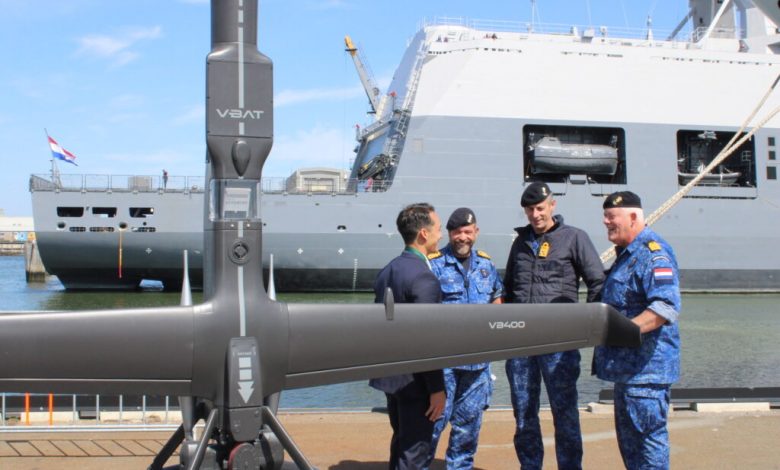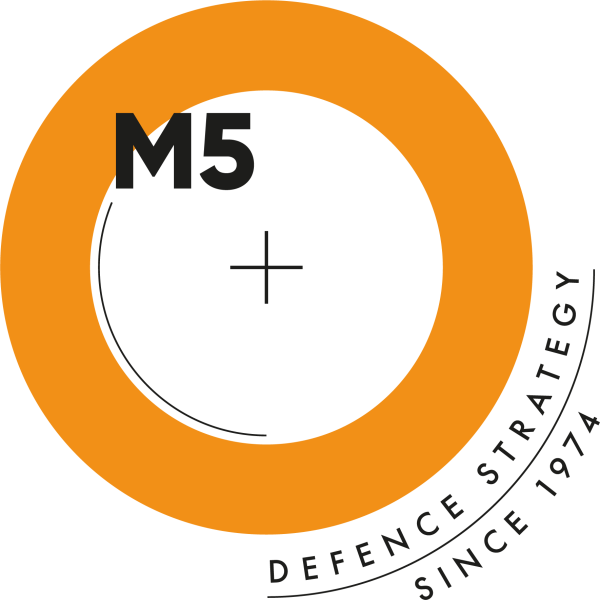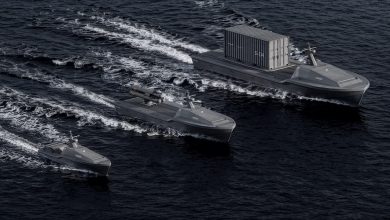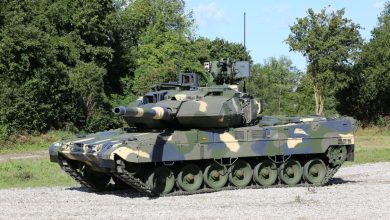Dutch Navy Buys Eight Ukraine-Proven V-BAT Drones

The Netherlands Ministry of Defence has procured eight V-BAT vertical take-off and landing (VTOL) drones for the Royal Netherlands Navy and Marine Corps.
Part of a broader defense modernization, the procurement is intended to enhance the services’ maritime intelligence, surveillance, and reconnaissance (ISR) operations.
The decision to pick the system was influenced by its performance in the Ukraine War, V-BAT manufacturer Shield AI wrote, citing Royal Netherlands Navy officials.
The system provides long-endurance ISR and targeting capabilities without requiring the Global Navigation Satellite System, making it immune to electronic jamming.
Additionally, it conducted maritime ISR operations aboard the Dutch warship HNLMS Johan de Witt as part of a month-long flight trial during NATO’s REPMUS 2024 exercise.
“V-BAT was built for the types of missions the Dutch Navy and Marine Corps are preparing for — dynamic, distributed, and high-stakes,” Shield AI president and co-founder Brandon Tseng said.
“It’s operational today, proven in the most demanding combat environments, and delivers mission-critical capabilities unmatched by any other system.
The Netherlands has a strong reputation for fielding cutting-edge capabilities quickly and effectively, and it’s great to see them join a growing list of US allies and partners choosing V-BAT for its flexibility, performance, and mission readiness.”
V-BAT Features
The 125-pound (57-kilogram) runway-independent platform can be launched and recovered in confined spaces, making it ideal for shipborne operations and austere environments.
Its ducted-fan engine offers higher thrust than other VTOL drones with equivalent engine power, allowing greater control in harsh weather such as high winds.
The drone has an endurance of 10 hours, an operational range of 300 miles (483 kilometers), a radio transmission range of 81 miles (130 kilometers), and a flight altitude of 6,100 meters (20,013 feet).
Operating with the Ukrainian Armed Forces, the system has been selected for acquisition by a growing list of countries, including Japan and Romania.





